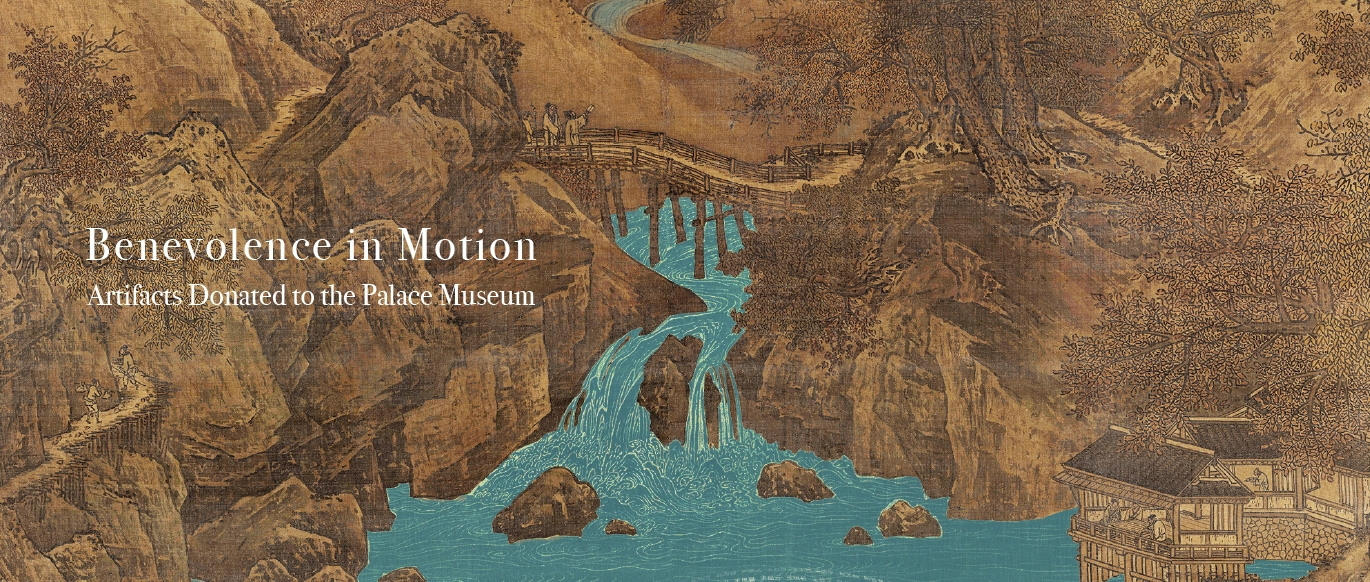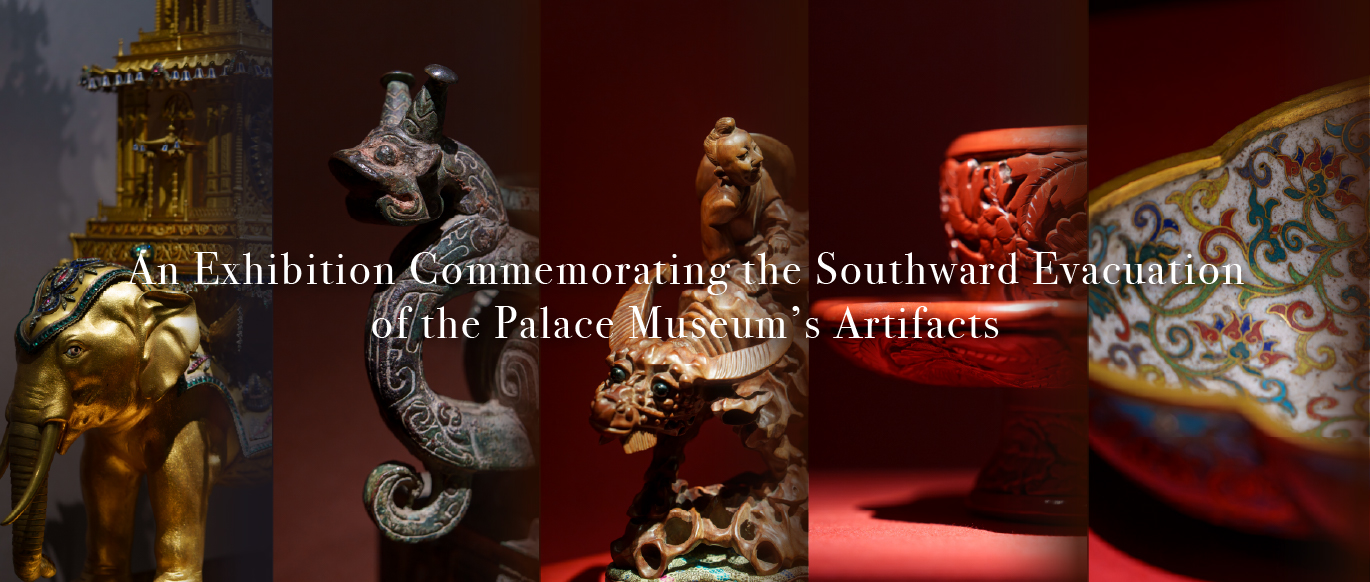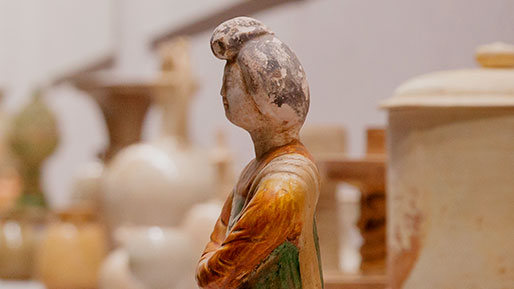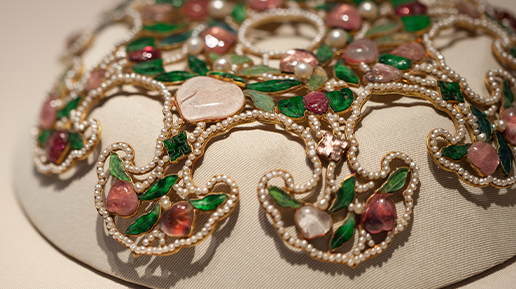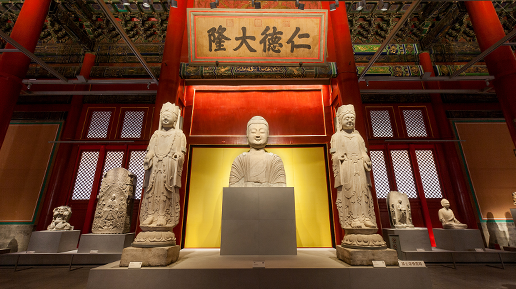Admission: Free with general admission ticket
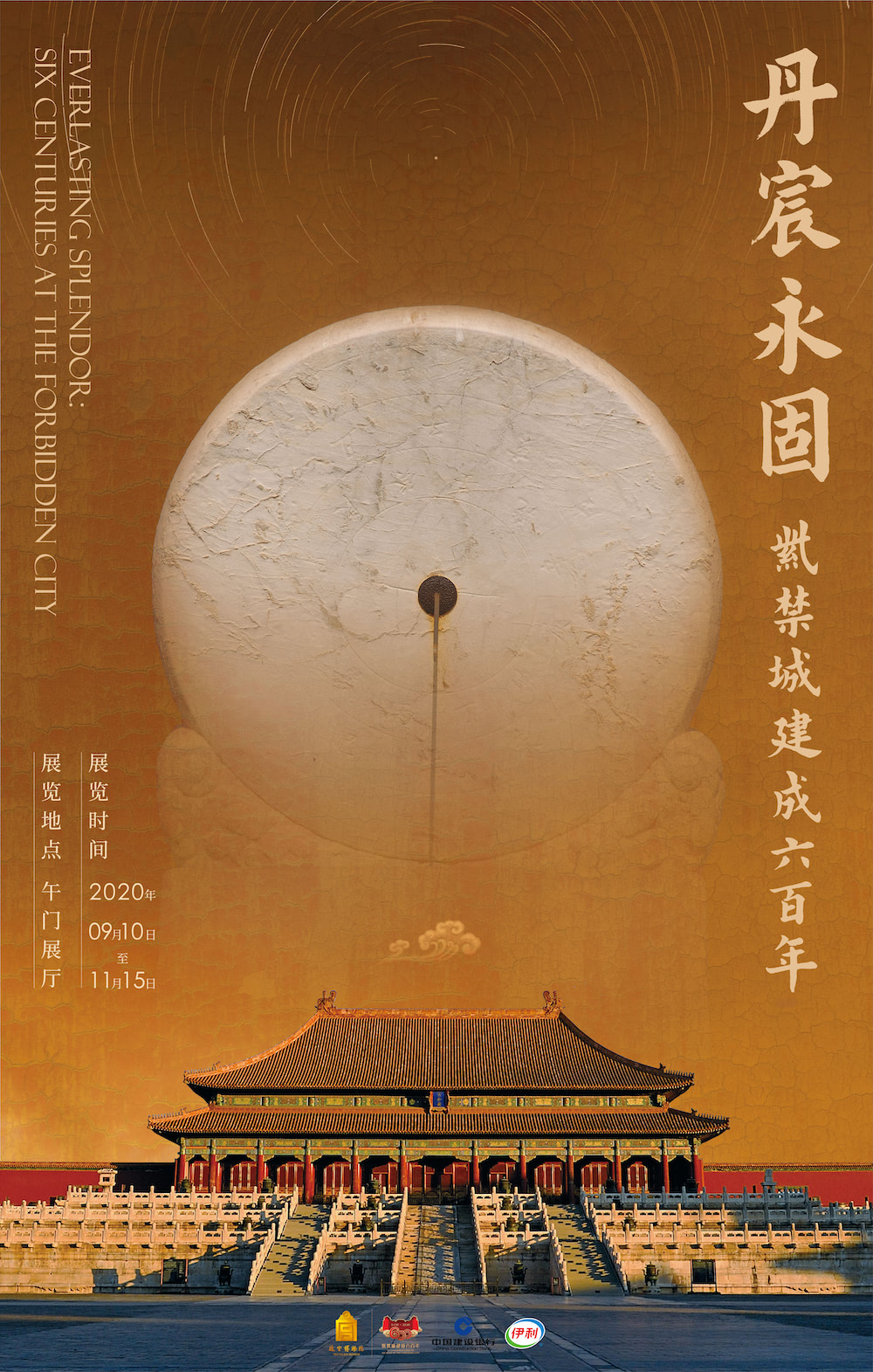
The exhibition “Everlasting Splendor: Six Centuries at the Forbidden City” was officially opened at the Meridian Gate (Wu men) on 10 September 2020. Hu Heping, the minister of the Ministry of Culture and Tourism; Wang Xudong, the director of the Palace Museum; Tian Guoli, the Party secretary and chairman and executive director of China Construction Bank; and Zhang Jianqiu, the chief executive officer of the Yili Group of Inner Mongolia, were present at the opening ceremony and shared comments. Also present at the ceremony were representatives and experts from the Beijing Municipal Administration of Cultural Heritage, Nanjing Museum, Fengyang County government, National Library of China, National Museum of China, Tianjin University, Peking University, Tsinghua University, and the other cultural and museological organizations and institutions of higher education supporting the exhibition. The event was hosted by Du Haijiang, the Party secretary and a deputy-director at the Palace Museum.
Construction on the Forbidden City began in the fourth year (1406) of the Yongle reign (1403–1424) during the Ming dynasty (1368–1644) and completed in the eighteenth year (1420) of the same. The architecture of the Forbidden City continued the legacy of the hierarchical regulation of the Tang (618–906) and Song (960–1279) dynasties and, blending organically with urban function and landscape terrain, is the epitome of ancient Chinese urban construction and palace building design. Over the past six centuries of the preservation of this legacy, the Chinese cultural conceptions of the “juncture of Heaven and humanity” and the “composite of rites and music” have been pervasively enhanced and glorified. While displaying strong national fusion and possessing the unique cultural trait of Western learning in the East, the architectural complex is tangible evidence of the cultural value of “greatness due to tolerance” and is worthy of its honor as the Chinese people’s “City of Great Attainment”.
Palatial architecture is the most glorious chapter in the history of China’s ancient architecture and, throughout time, has been the emphasis for ancient Chinese construction. The Forbidden City is, more than other examples, a comprehensive expression of the development of palatial architecture as it represents the period’s highest level of architectural art and technology and has become, with the towering majesty of the architectural complex, a sacred and solemn symbol of state power.
The year 2020 is the sixth centennial of the completion of the Forbidden City. This large-scale exhibition by the Palace Museum includes three major themes and eighteen historical foci to introduce the Forbidden City’s planning, arrangement, architecture, and palace life as well as the maintenance and preservation of the architecture while affording visitors opportunities to understand and pass through the “time” and “space” of the Forbidden City’s history and culture, to experience the highest realm of the perfect combination of palatial architectural art and technology, and to gain a sense of the endless charisma of China’s outstanding traditional culture.
The exhibition fills all three halls atop the Meridian Gate (Wu men). The entrance is located on the west side of the hall with the exit on the east. Covering an exhibition route of 256 meters, the halls contain over 450 cultural relics and historical photographs. The exhibition adheres closely to the theme of “time” with the background scenes featuring the changing of the four seasons to lead visitors on an experience of the beauty of various seasons at the Palace Museum.
Atop the Meridian Gate, the West Wing Tower gallery space presents the theme “Unity of Palace and City” among cream-colored décor that emphasizes the three-dimensionality of Ming-dynasty stone constructions. The abundant explanations with illustrations and a showcase of calligraphy and paintings elucidates the concepts behind Ming-dynasty palace and city construction and the techniques used by architectural engineers. The three historical focal points of this space are “1406: The Yongle Emperor Establishing the North Capital”, “1420: Completing the Forbidden City”, and “1535: Exalting Daoism at the Hall of Imperial Peace (Qin’an dian)”, which explain the prologue and conclusion of the imperial construction in Beijing and Ming-dynasty alterations of the Forbidden City’s internal layout.
The Central Tower of the Meridian Gate features the theme “Greatness due to Tolerance” with red interior décor to highlight the splendor and refinement of the Qing-dynasty (1644–1911) Forbidden City’s palatial architecture, interior eaves, and décor while elucidating the changes made to the Forbidden City’s architectural layout and style in each period of that dynasty. The eight focal points of “1655: Reconfiguring the Palace of Earthly Tranquility (Kunning gong)”, “1695: Reconstructing the Hall of Supreme Harmony (Taihe dian)”, “1723: Entering the Hall of Mental Cultivation (Yangxin dian)”, “1738: Modifying the Heavenly Western Five Abodes (Qian xi wusuo)”, “1776: Constructing the Palace of Tranquil Longevity (Ningshou gong)”, “1859: Connecting the Palace of Eternal Spring (Changchun gong)”, “1902: Reconstructing the Hall of Martial Valor (Wuying dian)”, and “1909: Exploring the Bower of the Spirit Pool (Lingzhao xuan)” explicate how the ten Qing emperors met the practical needs of governance and residence through renovations and reconstructions while maintaining the overall layout of the Forbidden City and forming the arrangement of today’s Forbidden City. The cultural artifacts on display demonstrate the fusion of multiple ethnicities in ancient China and the wisdom of the working people.
The East Wing Tower exhibition hall shares the theme “Life without End” amidst green interior décor to illustrate the robust life and flourishing glory of the Palace Museum since its founding. The seven focal points of “1914: Opening the Forbidden City”, “1925: Establishing the Museum”, “1933: Protecting Ancient Relics during the War”, “1949: Reorganizing Conservation Teams”, “1961: Protecting National-Level Sites”, “1987: Listing as a World Heritage Site”, and “2002: Completing the Great Restoration of the Century” describe how the former imperial palace as a museum experienced the evacuation of cultural relics to the South, the surveying and mapping of the architecture along the central axis, and other major events. An abundance of old photographs, historical archives, and objects show the achievements of each aspect of the work and development of the Palace Museum since its inception.
Through this exhibition, the Meridian Gate exhibition spaces become an introductory hall for a tour of the Forbidden City. The curators hope visitors will be able to gain a deeper and more comprehensive understanding of the Forbidden City of the past and the Palace Museum of the present as a vessel for China’s outstanding traditional culture while jointly witnessing the arrival of a new era of the Chinese people.
The exhibition received immense support from China Construction Bank and the Yili Group. China Construction Bank is a marketing partner for the exhibition and, with the Palace Museum, is currently promoting a series of innovative cultural products with the theme “Auspicious Creatures of the Palace Museum” (Gugong ruishou). The Yili Group of Inner Mongolia is a special sponsor for the exhibition and, with the Palace Museum, has produced a series of Satine dairy products with packaging featuring architectural elements of the Forbidden City.
Translated and edited by Adam J. Ensign and Kang Xiaolu




